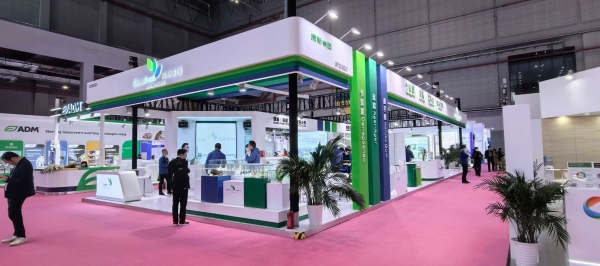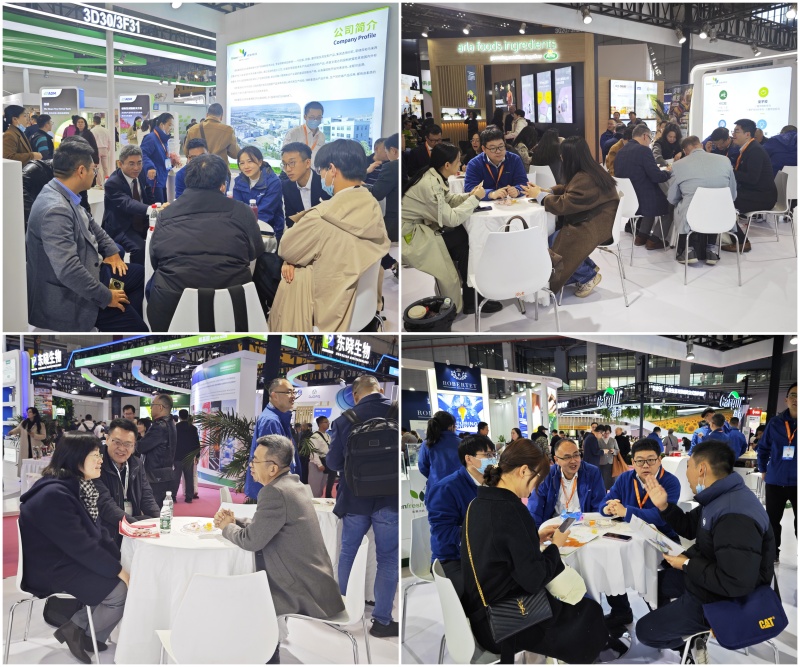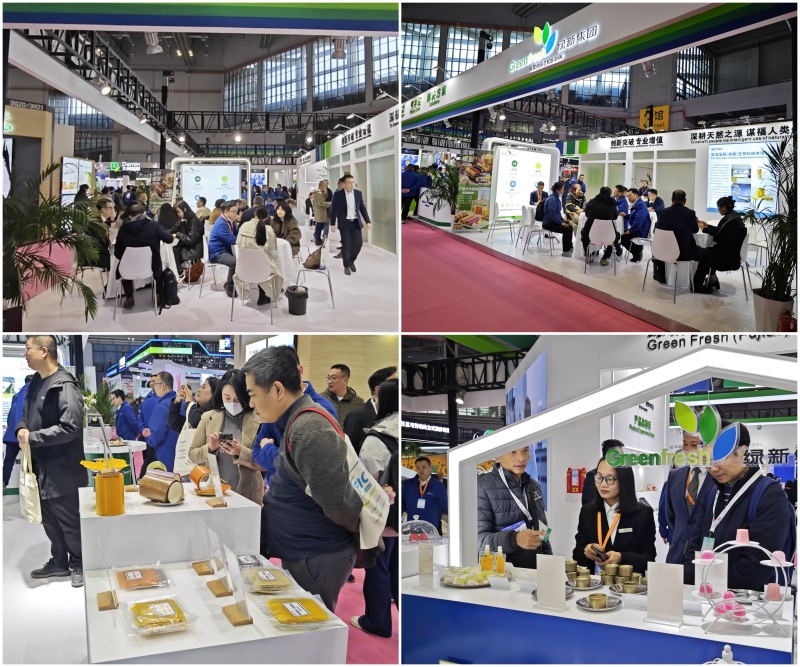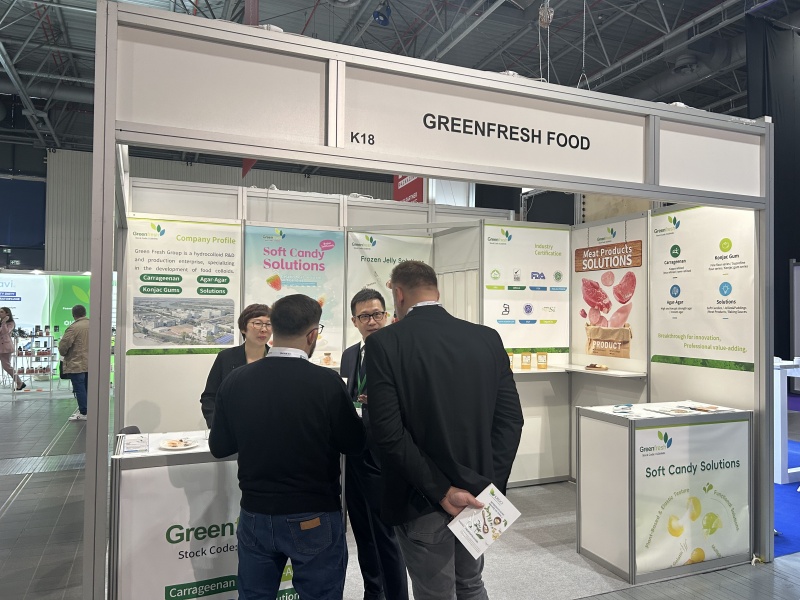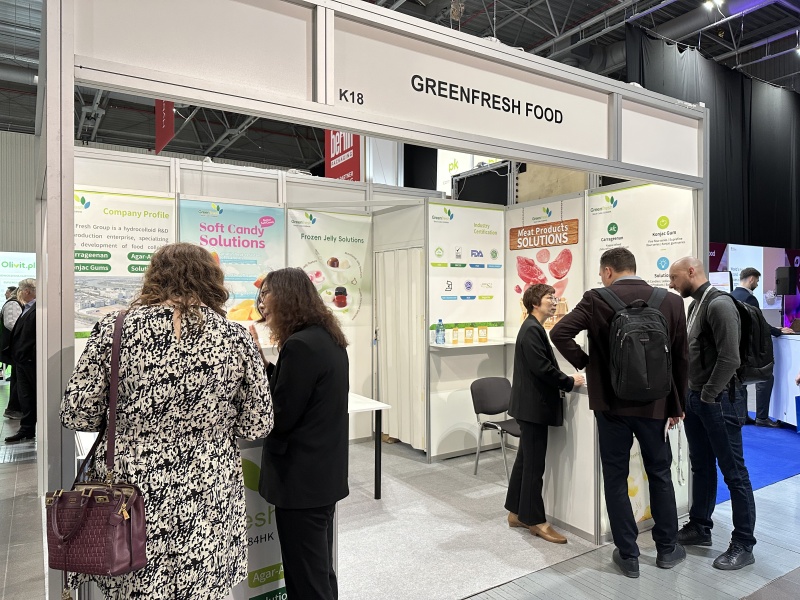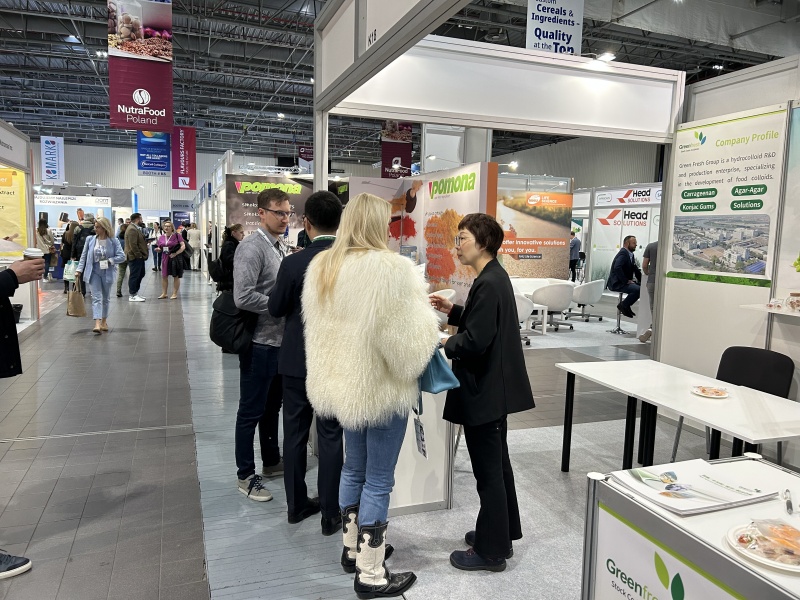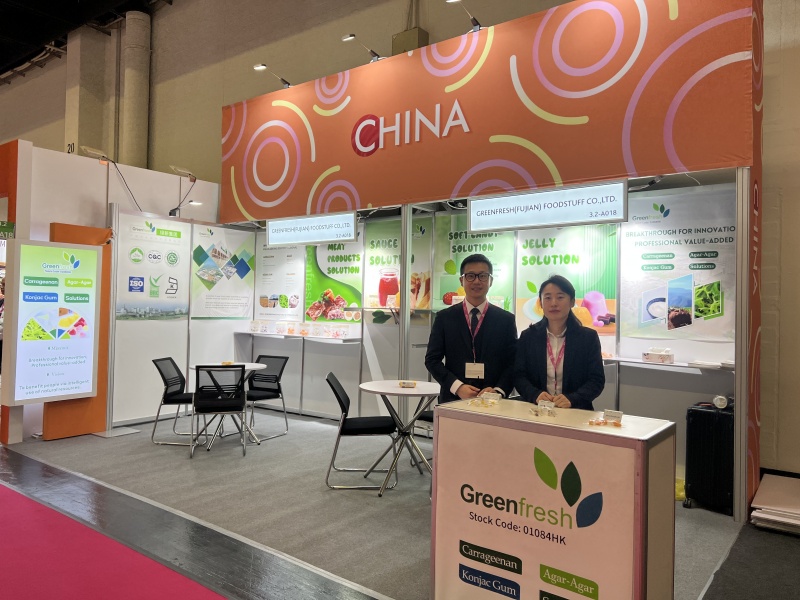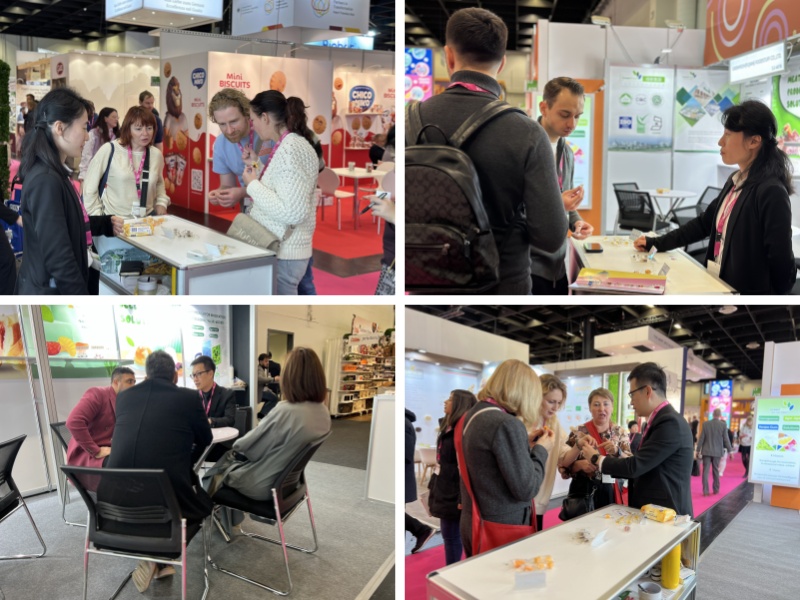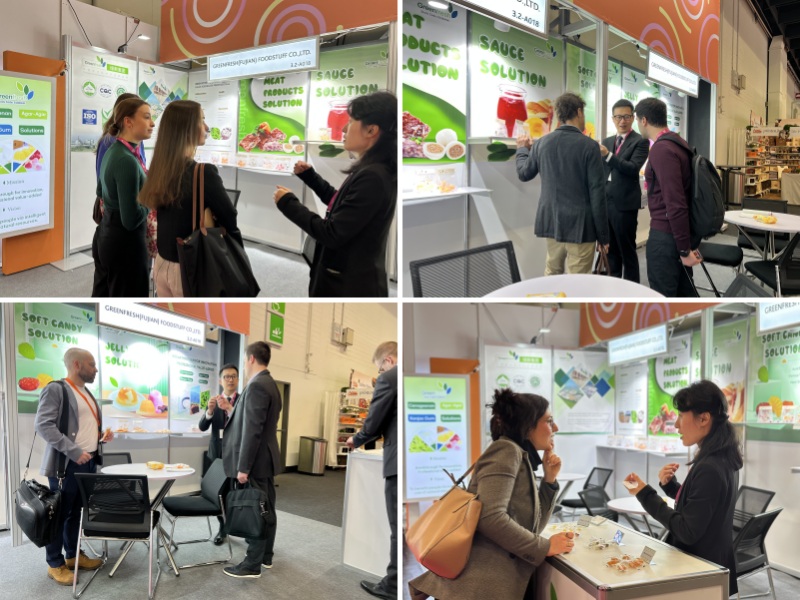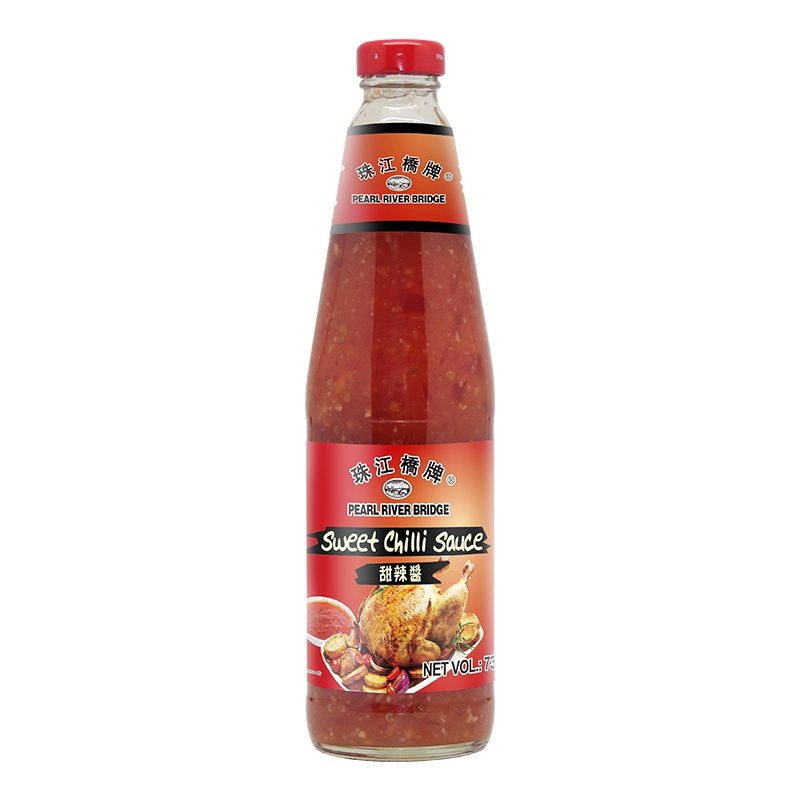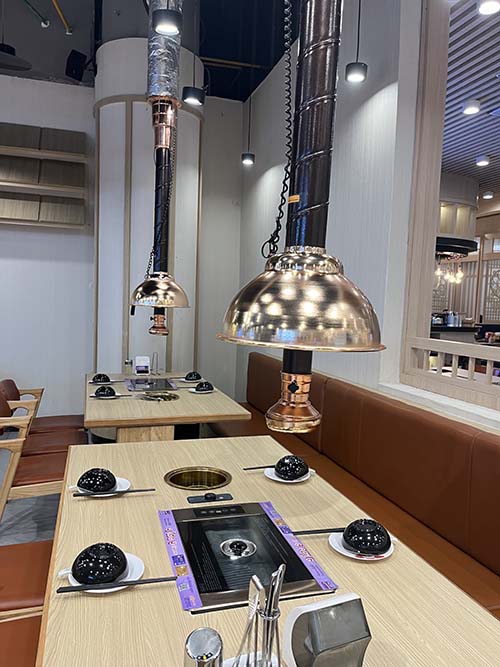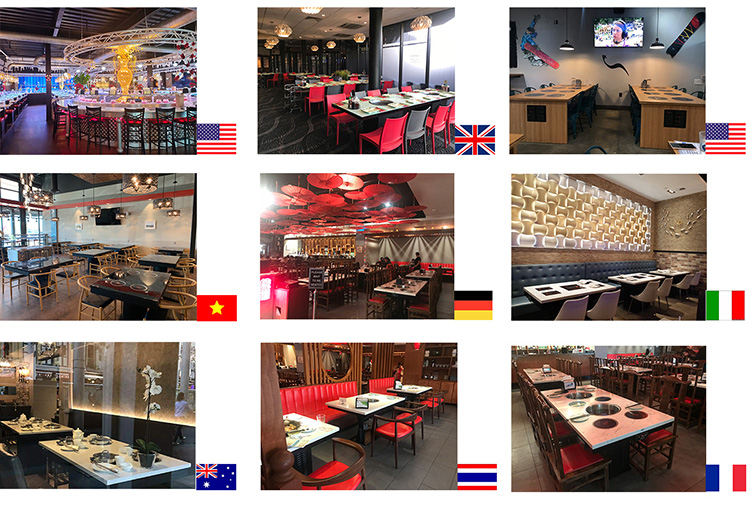Low sodium soy sauce gives you a way to add rich flavor to your meals while keeping your sodium intake in check. You can use it to boost the taste of your favorite dishes and discover new recipes that support your health goals. Try mixing it into simple stir-fries or using it as a dip. Feel free to experiment and find what works best for you.
What Is Low Sodium Soy Sauce
Key Differences from Regular Soy Sauce
Low Sodium Soy Sauce gives you a flavorful option for your kitchen. You get the same rich aroma and savory taste as regular soy sauce, but with much less salt. Producers make low sodium soy sauce by first brewing regular soy sauce. They then use a desalination process to lower the salt content, so you can enjoy the classic umami flavor without the extra sodium.
- Low sodium soy sauce contains less than 9 grams of sodium per 100 grams.
- You get about 35% less salt compared to regular soy sauce.
- Regular soy sauce uses soybeans, wheat, water, and salt, and ferments for several months. Low sodium soy sauce goes through an extra step to reduce salt.
If you want to cook healthier meals, you can swap regular soy sauce for low sodium soy sauce in most recipes. You still get the deep, savory notes that make Asian dishes so delicious.
Health Benefits and Dietary Suitability
Choosing Gluten Free Low Salt Soy Sauce helps you manage your sodium intake. Many people look for ways to lower their salt consumption, especially if they watch their blood pressure or heart health. Regular light soy sauce can have between 900mg and 1,200mg of sodium per tablespoon. Low sodium soy sauce offers 25% to 50% less sodium, making it a smart choice for health-conscious cooks.
- Low sodium soy sauce fits well into vegan diets.
- You can use it if you want to reduce sodium but keep the flavor in your meals.
- The term "low-sodium" means the product is made to have less salt, not just a lighter color or thinner texture.
Low sodium soy sauce lets you enjoy bold flavors while supporting your health goals. You can feel confident using it in everyday cooking, whether you follow a vegan lifestyle or simply want to make better choices for your family.
Ways to Use Low Sodium Soy Sauce

Everyday Cooking Ideas
You can use low sodium soy sauce in many everyday dishes to boost flavor without adding too much salt. This sauce works well in both Asian and non-Asian recipes. Try adding a splash to your morning scrambled eggs or drizzle it over steamed vegetables for a savory kick. Many home cooks use it in soups, stews, and even chili to deepen the umami taste.
Some popular dishes that benefit from low sodium soy sauce include:
- Chili: Add a dash to enhance the umami depth.
- Filipino Chicken Adobo: Combine with vinegar for a salty, tangy flavor.
- Sushi: Use as a dip for a lighter, healthier option.
- Stir-fries: Toss with vegetables, tofu, or chicken for a quick meal.
- Soups: Stir into broths for extra richness.
A small bottle of Less Salt Soy Sauce 150ml lasts a long time because the flavor is strong. You only need a little to make a big difference in your meals.
Recipe Substitutions
You can easily swap regular soy sauce for low sodium soy sauce in most recipes. For small amounts, use the same amount as you would with regular soy sauce. If a recipe calls for a large amount, start with half the amount of low sodium soy sauce. Taste your dish, then add more if needed. This method helps you control the saltiness and avoid overpowering the other flavors.
If you want a low sodium soy sauce substitute, try mixing a bit of low sodium teriyaki sauce with water or fruit juice. This blend works well in marinades and dressings when you want a milder taste.
Marinades, Stir-Fries, and Dips
Low sodium soy sauce shines in marinades, stir-fries, and dips. For best results, pre-mix your sauce before cooking. This step ensures a balanced flavor in every bite. When making a marinade, combine low sodium soy sauce with rice vinegar, a touch of honey or sugar, and a bit of chili oil for heat. Add fresh garlic and ginger for extra depth.
In stir-fries, start by cooking garlic and ginger in hot oil for about 30 seconds. Add low sodium soy sauce and vinegar when your vegetables are halfway cooked. This timing helps the flavors blend without losing freshness. Finish with a drizzle of sesame oil and a sprinkle of fresh herbs in the last minute of cooking.
When making dips, remember that a little sauce goes a long way. Aim for a glossy coating on your food rather than a soupy texture. You can balance the main flavors in your sauces by following these steps:
- Use low sodium soy sauce to control saltiness.
- Add sugar or honey for sweetness.
- Pour in rice vinegar for acidity.
- Mix in mushroom sauce for extra umami.
- Include chili oil or fresh chilies for a spicy kick.
Maximizing Flavor with Low Sodium Soy Sauce
Pairing with Acids, Herbs, and Spices
You can unlock new layers of flavor by pairing low sodium soy sauce with acids, herbs, and spices. Acids like vinegar or fruit juice brighten dishes and balance the savory notes of soy sauce. When you mix low sodium soy sauce with pineapple juice, you create a sweet, tart, and slightly salty taste that feels more satisfying than using soy sauce alone. This combination also helps reduce the overall sodium content in your meal.
- Mixing low sodium soy sauce with canned pineapple juice enhances flavor while reducing sodium content.
- The blend creates a sweet/tart and slightly salty flavor that is more satisfying than soy sauce alone.
Fresh herbs such as cilantro, basil, or green onions add freshness and complexity. Spices like ginger, garlic, or chili flakes bring warmth and depth. You can also use herb blends to replace salt, adding both flavor and beneficial nutrients. Your taste buds will adapt to lower sodium levels, so you will still enjoy bold flavors.
Enhancing Umami Taste
You can boost the umami taste of your dishes by using low sodium soy sauce in creative ways. Scientific research shows that innovative formulation strategies, such as using special emulsions, help low sodium soy sauce maintain and even enhance the perception of saltiness. This means you get the same savory depth as regular soy sauce, making your meals just as flavorful.
If you want to experiment, try using a low sodium soy sauce substitute in recipes that call for a lot of seasoning. You can mix it with mushroom sauce or a splash of tomato juice to add even more umami. Herbs and spices also help round out the flavor, so you do not miss the extra salt.
Cooking Methods for Best Results
The way you use low sodium soy sauce during cooking affects both taste and texture. Light soy sauce has a thin consistency, which makes it perfect for marinades and dressings. It forms a light layer around your ingredients, helping them absorb flavor without becoming heavy or soggy. If you add soy sauce at the right time, you can improve both the taste and the texture of your dish.
- Add low sodium soy sauce early in marinades to let flavors soak in.
- For stir-fries, add it when vegetables are halfway cooked to keep them crisp and flavorful.
- In soups or stews, stir it in near the end to preserve its aroma and umami.
If you want to adjust the saltiness, you can use a small amount of low sodium salt along with your soy sauce. This method lets you enhance flavor while keeping sodium levels low. Herbs, spices, and acids can also help you maintain a balanced taste without relying on traditional salt.
| Cooking Method |
When to Add Soy Sauce |
Resulting Flavor/Texture |
| Marinade |
Early |
Deep, well-absorbed flavor |
| Stir-fry |
Midway |
Bright, crisp vegetables |
| Soup/Stew |
Near the end |
Fresh aroma, rich umami |
Healthy Vegan Soy Sauce in Balanced Meals
Combining with Low Sodium Ingredients
You can create balanced meals by pairing healthy vegan soy sauce with other low sodium ingredients. This approach helps you enjoy bold flavors while keeping your sodium intake in check. When you cook at home, you control what goes into your food. You can use fresh vegetables, whole grains, and plant-based proteins to build a nutritious plate. Try adding these ingredients to your meals:
- No salt added vegetable broth
- Rice vinegar or apple cider vinegar
- Unsweetened pineapple juice
- Garlic and ginger
- Bell peppers, broccoli, snap peas, mushrooms, zucchini
- Tofu, edamame, or tempeh
- Brown rice, jasmine rice, or cauliflower rice
Cooking with these foods and healthy vegan soy sauce lets you reduce sodium from additives and preservatives. You also boost your intake of fiber, vitamins, and minerals. Soy-based foods provide heart-healthy polyunsaturated fat and protein, making them excellent for plant-based diets.
Tips for Healthier Cooking
You can make your meals healthier by using simple strategies. Choose low sodium soy sauce to enhance flavor without adding too much salt. Use herbs, spices, and acids like lemon or lime juice to brighten dishes. Nutritionists recommend using alternatives such as Bragg’s Amino Acids for a strong flavor with less sodium.
Cooking at home gives you the power to control sodium. You can see real results in sodium reduction when you use low sodium soy sauce. For example:
| Dish Type |
Sodium Reduction (%) |
| Salad Dressing |
50% |
| Tomato Soup |
17% |
| Pan-Fried Pork |
29% |
Storage and Freshness
Proper storage keeps your healthy vegan soy sauce fresh and flavorful. After opening, place the bottle in the refrigerator. Cold temperatures slow down oxidation, which helps preserve taste and color. This practice is especially important for naturally brewed and low sodium blends. You can expect your soy sauce to stay fresh for about 6 months to 2-3 years in the fridge, but for the best flavor, try to use it within 6 to 12 months. Always check the label for specific storage instructions and expiration dates.
By combining low sodium ingredients, following healthy cooking tips, and storing your soy sauce correctly, you can enjoy delicious, balanced vegan meals every day.
You can make your meals healthier and more flavorful by choosing low salt soy sauce. This versatile ingredient works in stir-fries, soups, marinades, and dips. Try these practical tips to get the most out of your cooking:
- Use low sodium soy sauce as a salt substitute in marinades.
- Marinate with about 1/2 cup per pound of meat, seafood, tofu, or vegetables.
- Score thick cuts of meat for better flavor absorption.
- Seal ingredients in a zipper-top bag for even coating.
Experiment with new flavor pairings and enjoy the benefits of lower sodium in your daily meals. You take a step toward better health every time you make a tasty, mindful choice.
